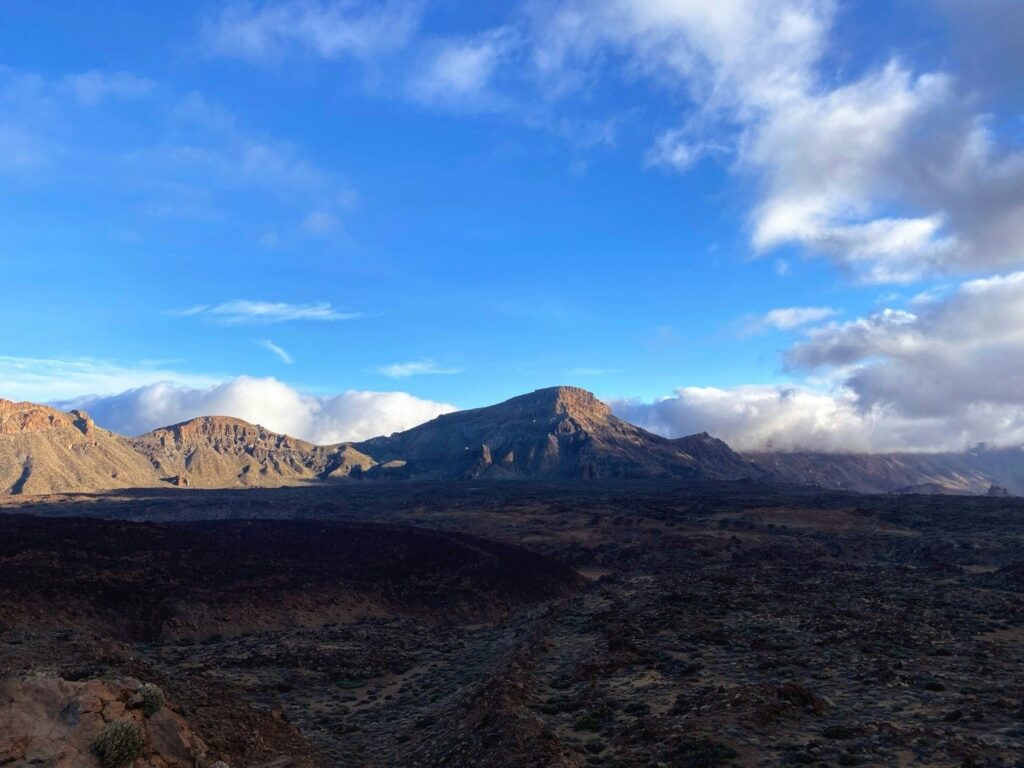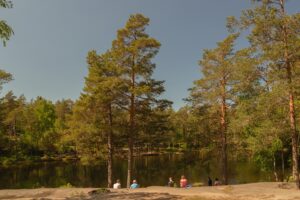Teide National Park in Tenerife: Volcanic Majesty of Spain
Nestled in the heart of Tenerife, the largest of Spain’s Canary Islands, Teide National Park is a breathtaking natural wonder that captivates visitors with its otherworldly landscapes and rich geological history. Dominated by Mount Teide, the highest peak in Spain, this UNESCO World Heritage Site offers a unique blend of volcanic terrain, diverse flora and fauna, and stunning vistas that make it a must-visit destination for nature lovers and adventure seekers alike.
What to See and Do
Teide National Park is a paradise for outdoor enthusiasts, offering a variety of activities and sights to explore. The centerpiece of the park is Mount Teide itself, a dormant volcano that stands at 3,718 meters (12,198 feet) above sea level. Visitors can take a cable car ride up to the summit, where they are rewarded with panoramic views of the island and, on clear days, glimpses of neighboring islands. For those who prefer a more challenging adventure, hiking trails of varying difficulty levels wind through the park, offering opportunities to explore the unique volcanic landscapes up close.
In addition to the mountain, the park is home to a diverse range of geological formations, including lava fields, craters, and rock formations like the Roques de García. These natural wonders provide a stunning backdrop for photography and exploration. The park’s visitor centers offer informative exhibits about the area’s geology, flora, and fauna, providing a deeper understanding of this unique ecosystem.
A Bit of History and Interesting Facts
Teide National Park has a rich history that dates back millions of years. The park’s volcanic landscape was formed by a series of eruptions, with the most recent significant eruption occurring in 1909. The indigenous Guanches, the original inhabitants of Tenerife, considered Mount Teide a sacred mountain and believed it was the home of the god Guayota.
An interesting fact about Mount Teide is that it is the third highest volcanic structure in the world when measured from its base on the ocean floor. The park’s unique environment has also made it a popular location for scientific research, particularly in the fields of geology and astronomy. The clear skies and high altitude make it an ideal spot for stargazing, and the park is home to the Teide Observatory, one of the world’s leading astronomical observatories.
Getting There and Tips for First-Time Visitors
Reaching Teide National Park is relatively straightforward. The park is located in the center of Tenerife and is accessible by car or public transportation. If you’re driving, the park is well-signposted, and there are several parking areas available. Alternatively, several bus routes connect the park with major towns and resorts on the island, making it easy to visit even if you don’t have a car.
For first-time visitors, it’s important to come prepared. The weather in the park can be unpredictable, with temperatures varying significantly between day and night. It’s advisable to dress in layers and bring sun protection, as the sun can be intense at higher altitudes. If you plan to hike, ensure you have sturdy footwear and plenty of water. Lastly, consider booking tickets for the cable car in advance, especially during peak tourist seasons, to avoid long waits.
Teide National Park offers a unique opportunity to experience the raw beauty of volcanic landscapes and the rich history of Tenerife. Whether you’re hiking to the summit, exploring the park’s geological wonders, or simply soaking in the stunning views, a visit to this majestic park is sure to be an unforgettable experience.








